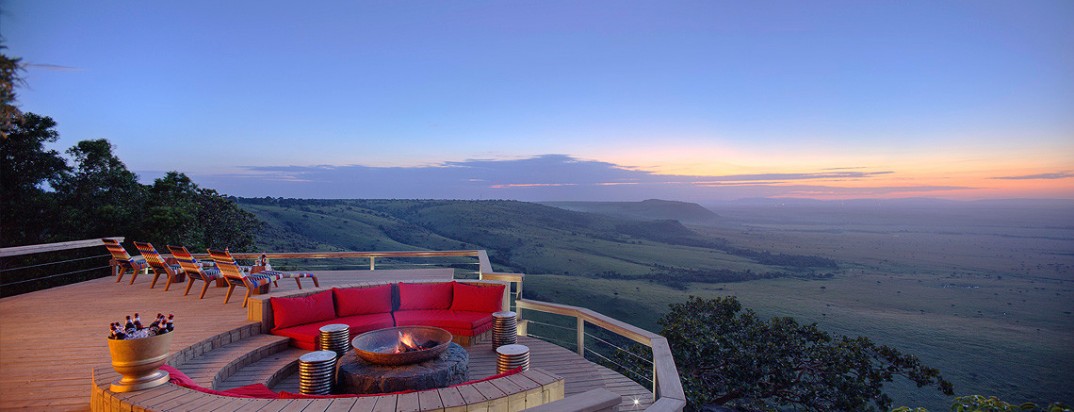
Kenya’s Angama Mara: Tourism in the Time of Terrorism
In June this year, four months after Al-Shabaab militants massacred 148 people at Garissa, South African safari-operator Steve Fitzgerald welcomed the first guests to Angama Mara in Kenya. Fitzgerald maintains there’s simply no comparable super-luxury lodge in the Mara. ‘If Angama is successful, it could do the same for Kenya as the Ngorongoro Crater Lodge […]

In June this year, four months after Al-Shabaab militants massacred 148 people at Garissa, South African safari-operator Steve Fitzgerald welcomed the first guests to Angama Mara in Kenya. Fitzgerald maintains there’s simply no comparable super-luxury lodge in the Mara. ‘If Angama is successful, it could do the same for Kenya as the Ngorongoro Crater Lodge did for Tanzania,’ he says. It’s certainly a vote of confidence in the future of the Kenyan tourism industry.
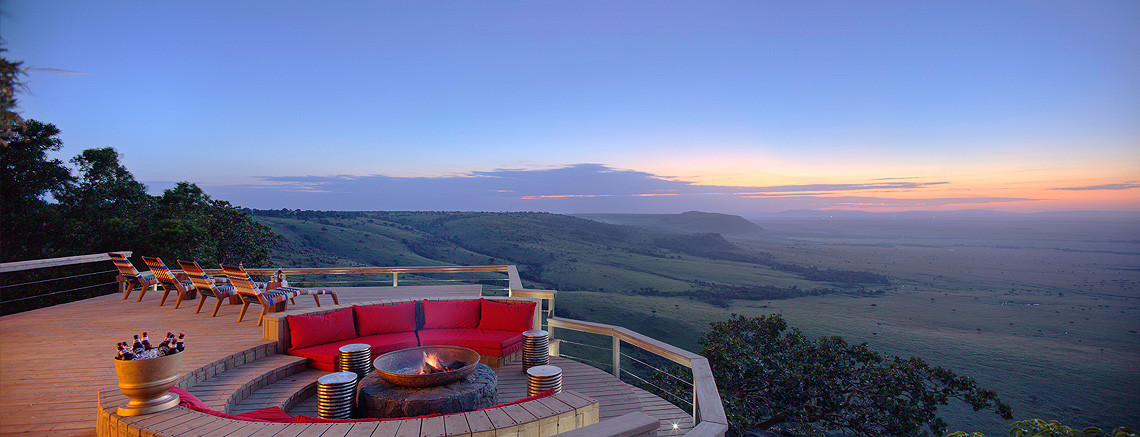
When South African safari-operator Steve Fitzgerald was negotiating a lease on land in Tanzania’s Serengeti National Park, he spent days on end sitting under a tree with a local chief trying to conclude an agreement. That was child’s play compared to the 15 long years he spent pestering Maasai elders to lease him land on which he wanted to build a game-lodge in Kenya’s Maasai Mara.
In June this year, four months after Al-Shabaab militants massacred 148 people at Garissa, he finally unfurled the flaps of Angama Mara’s uber-luxurious tents and welcomed the first guests.
The former CEO of African safari business &Beyond, Fitzgerald first conceived of opening a lodge on the Angama site not long after the 1998 bombings of the US embassies in Nairobi and Dar Es Salaam.
Though ethnic fighting and civil unrest followed the 2007 elections during which 1,200 people died, and both Kenyan President Uhuru Kenyatta and Vice-President William Ruto were subsequently indicted for crimes against humanity by the International Criminal Court (ICC), Fitzgerald never gave up on his dream.
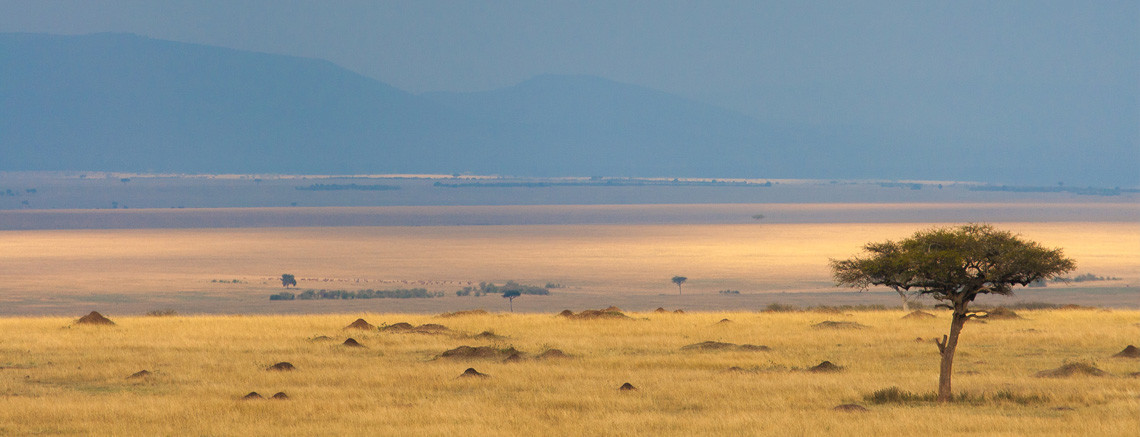
Then one evening in 2013, amidst widespread allegations of Kenyan graft, corruption and human rights abuses, the naturally cautious accountant received an out-of-the-blue call from a local Maasai landowner offering him a deal.
He signed a 25-year lease on the long-coveted land two days after the attack on the Westgate Mall in which 167 people lost their lives – a vote of unparalleled confidence in the future of the Kenyan tourism industry, if ever there was one.
Luckily for Fitzgerald, his reputation in the high-end safari business preceded him. As a result, he was able to rattle his extensive network and rustle up 15 investors.
Cognisant of the fact that tourism is a cyclical industry subject to both global and local political and economic storms, these investors were still willing participants in a $14-million venture – a mix of debt and equity invested through a Jersey-based fund.
Curiously, despite US and British travel advisories cautioning against travel to Kenya, the lodge’s advance bookings are currently looking reasonable.
A new Kenyan Constitution adopted in 2010 and applauded internationally as a pro-active step towards curbing corruption, a peaceful 2013 general election and President Barack Obama’s hugely successful visit to Kenya in July, the first by a US president, could mean the tourism tide is starting to turn.
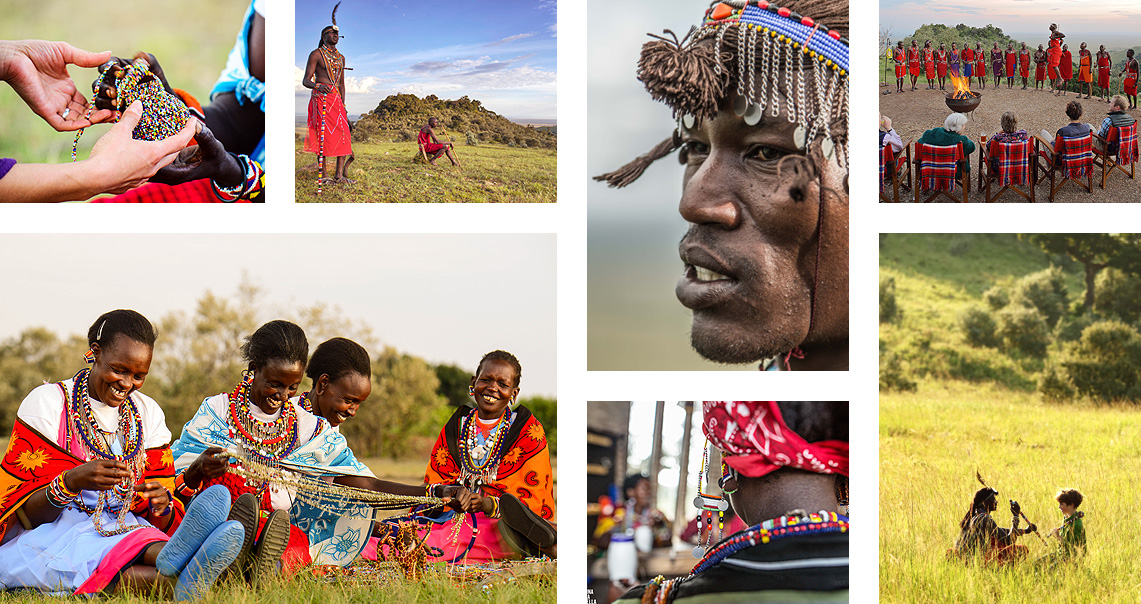
Other mitigating factors include charges against Kenyatta eventually being dropped by the ICC, Kenya’s remarkable human capital, the Ebola scare being a thing of the past and business confidence fuelled by the recent discovery of oil and gas reserves.
The fact that Kenya is also one of the fastest growing economies on the continent and Africa’s entrepreneurial and technological hub also helps.
“We wouldn’t have entered into a long-term lease,” Fitzgerald says, “if we didn’t think Angama was a viable tourist and investment proposition.”
Crazy or clever, Fitzgerald and his wife, Nicky – former &Beyond marketing director and Angama co-owner – are seasoned Africa hands. On their watch, &Beyond grew from three luxury safari lodges in South Africa to 50 across sub-Saharan Africa – including Kichwa Tembo in the Masai Mara – and four tiger safari lodges in India.
In the process, they survived the body blow 9/11 dealt to international tourism, weathered personal and political storms and learnt a thing or two about location.
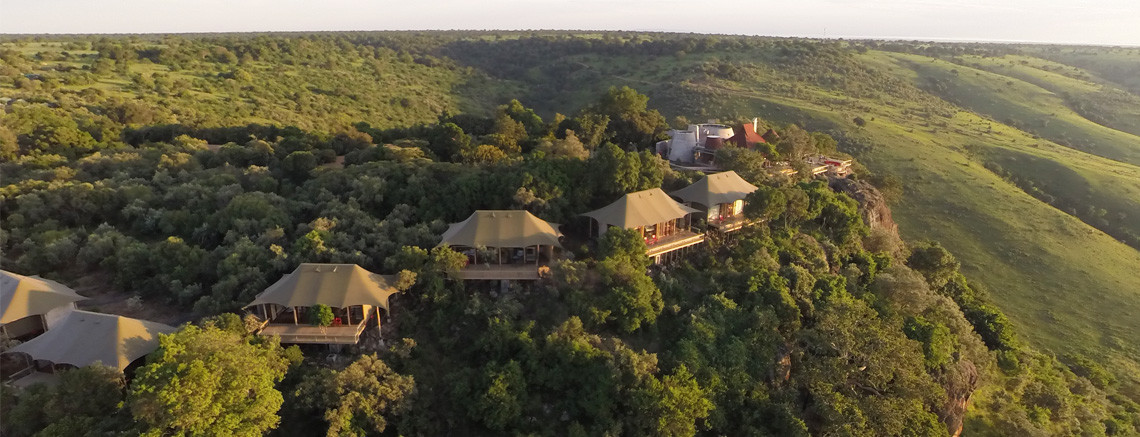
Situated high on the western boundary of the Rift Valley escarpment, Angama straddles the site of Denys Finch Hatton’s grave in Meryl Streep and Robert Redford’s iconic Out of Africa.
It also offers front-row seats to one of the world’s most spectacular wildlife phenomena – the annual migration of more than 2.5-million wildebeest and zebras from the Serengeti in southern Tanzania to the Mara’s vast plains. With no fence between the lodge and the park, zebras, giraffes and impala routinely wander through the camp.
Twenty years ago, &Beyond took another leap of faith and built over-the-top, opulent Ngorongoro Crater Lodge (NCL), aka the Maasai Versailles, in Tanzania. Contrary to popular prediction, ultra high-net worth safari-goers flocked to Tanzania to savour the lodge’s chandeliered decadence. Designed by South African architects Silvio Rech and Lesley Carstens, NCL’s baroque splendour was way ahead of its time.
“In the early years, people in the industry laughed at us,” Fitzgerald recalls. “Since then, there’s been a sea-change in Tanzanian tourism as investors discovered that returns are far better on higher capital investment. Today, Kenya is where Tanzania was 15 years ago. It’s employing an out-dated tourism model while trying to compete in a far more demanding market.”
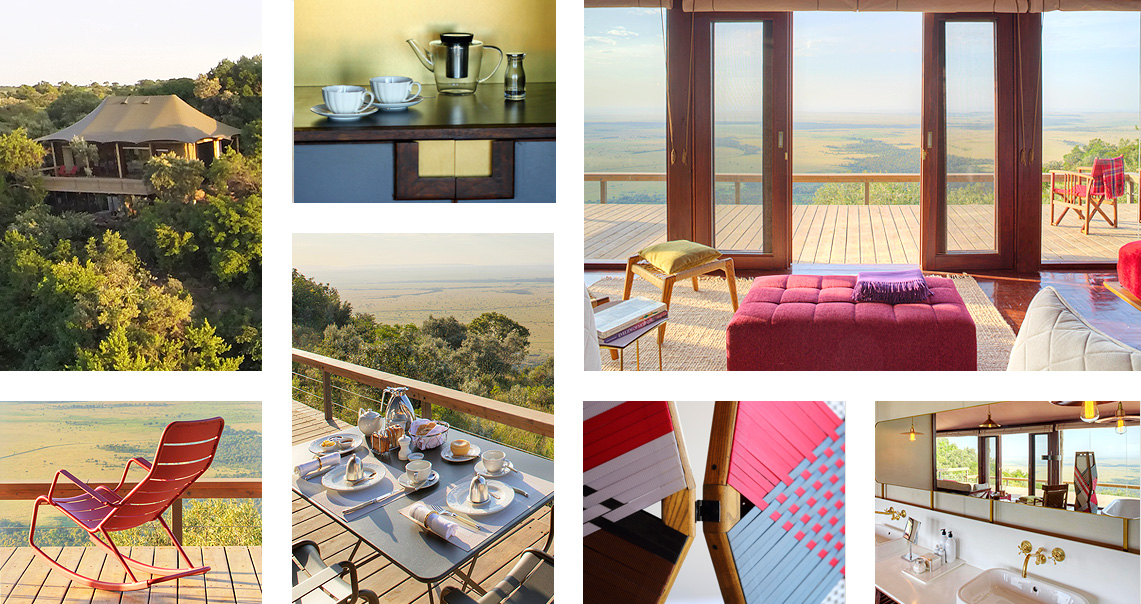
“When &Beyond arrived in Tanzania, the tourism model was a low-price/low yield/low investment model in a market completely dominated by in-bound tour operators struggling to maintain the status quo,” Fitzgerald explains. “&Beyond was confident of its high-price, low-volume model off the back of intelligent investment. Other operators saw the results and quickly followed suit.”
Angama’s closest competition in the Mara is Sir Richard Branson’s Mahali Mzuri, the still-to-be-completed Dubai-based Emaar group’s Enkereri and &Beyond’s Bateleur Camp.
“If Angama is successful, it could do the same for Kenya as NCL did for Tanzania. Though big, bold and in your face is not everyone’s cup of tea, it’s a real game changer. It’s the reason, I believe, that tourist spend per day in Tanzania is now double that of Kenya – a complete reversal of historical practice.”
Nonetheless, putting the Mara back on the map will not be an easy task.
Though tourism was Kenya’s largest foreign-exchange earner in 2012 and currently the second after tea, international tourist arrivals declined by 15.9% in 2013 as a result of terror-attacks. And in the first five months of 2015, visitor numbers fell by 25%, according to a report in the East African.
“Of course, Al-Shabaab is a problem,” says Nicky Fitzgerald, “but we believe the top end of the market is well-informed. Sophisticated travellers are independent. They make their own decisions and don’t just follow the trends of mass-market operators blindly. Obviously, there are safety concerns when you go into the wild but those concerns are not terrorists lurking behind every bush, or even Ebola.”
Last week, United Nations World Tourism Organisation secretary-general Taleb Rifai told the East African Tourism Development Forum in Mombassa: “I am confident of the Kenyan destination. I can even bring my family tomorrow. Terrorism is not a Kenyan challenge, but a world-wide issue. It’s not fair to say terrorism is a Kenyan problem.”
Anyone for a week in Paris – where two of the most alarming terrorist outrages occurred earlier this year – or New York, London, Cairo, Madrid, Boston, Barcelona or Bangkok? Weighing up all the odds, Angama Mara is probably a much safer option.
By: Carolyn Raphaely
Raphaely was a guest of Angama Mara. The resort costs $1,250 per person per high season night. This article was first published in Daily Maverick and is reproduced here with their kind permission.
